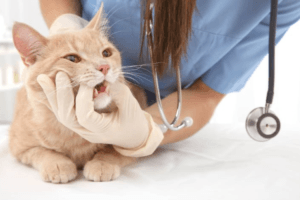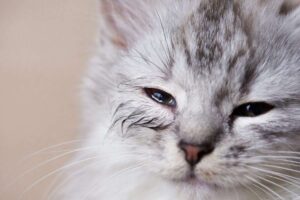5 Dangerous Human Diseases Caused by Cat Hair
Cats are adorable pets that are known for their soft fur and affectionate personalities. However, while most people love cuddling with their cats, cat hair can be a source of concern for some individuals. Cat hair can trigger allergic reactions that can lead to several diseases. In this article, we will discuss five common diseases in a human, that can be caused by cat hair and how to treat them.
Human Diseases caused by Cat Hair
It is important to note that cat hair itself does not cause diseases (usually). However, cats can carry certain pathogens or allergens in their hair or on their skin that can potentially cause illnesses in humans. In simpler words, cat hair can be a medium for the transmission of many diseases to humans.
Here is a list of such diseases caused by cat hair.
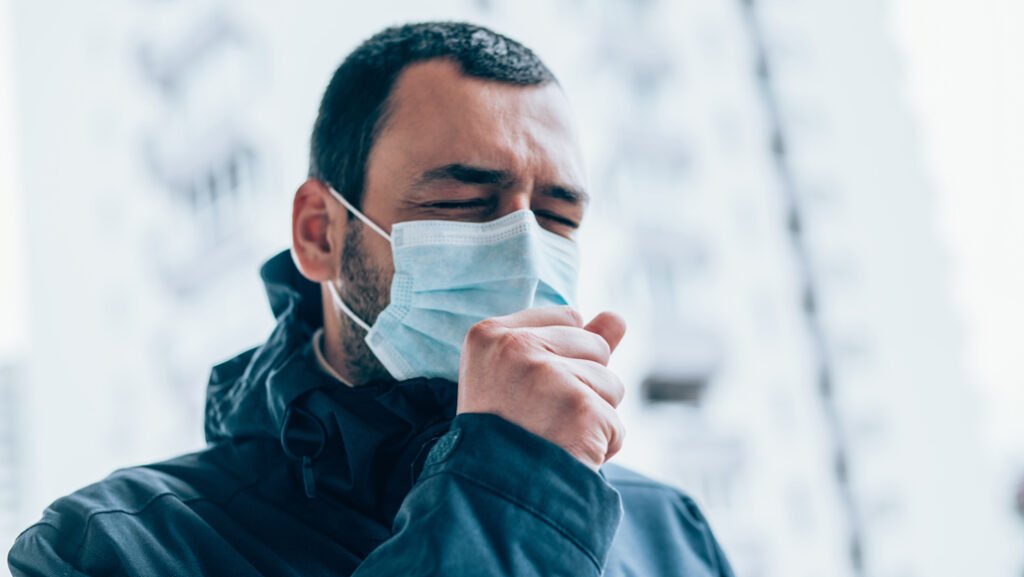
Allergic Rhinitis
Allergic rhinitis, commonly known as hay fever, is an allergic reaction to airborne particles such as pollen, dust mites, and animal dander. Cat hair is a common allergen that can cause allergic rhinitis in susceptible individuals.
Symptoms of allergic rhinitis caused by cat hair include:
- Sneezing
- Runny nose
- Nasal congestion
- Itchy or watery eyes
- Itchy nose or throat
- Postnasal drip
- Coughing
- Fatigue
Treatment for allergic rhinitis caused by cat hair includes:
- Avoiding exposure to cats or cat hair as much as possible
- Using over-the-counter antihistamines, decongestants, or nasal sprays
- Allergy shots or immunotherapy to desensitize the immune system to cat allergens
- Prescription medications, such as corticosteroids, if symptoms are severe or do not respond to other treatments
It is important to note that complete avoidance of cat hair and dander is difficult, especially if you have cats as pets. Regular cleaning, such as vacuuming and dusting, can help reduce the amount of cat hair and dander in the home. Additionally, keeping cats out of certain areas of the home, such as bedrooms, can also help reduce exposure to cat allergens.
People with weakened immune systems should take care in particular, as they are more susceptible.
Asthma
Asthma is a chronic respiratory condition that affects the airways of the lungs. It is caused by the inflammation and narrowing of the airways, making it difficult for the affected person to breathe. One of the most common triggers of asthma is pet hair and dander, particularly cat hair.
Here are some common symptoms of asthma caused by cat hair:
- Wheezing
- Shortness of breath
- Chest tightness or pain
- Coughing, particularly at night or early in the morning
- Trouble sleeping due to coughing or wheezing
- Rapid breathing
- Fatigue or feeling out of breath easily during physical activity
The treatment of asthma caused by cat hair involves avoiding exposure to the allergen. This may include keeping cats out of the home or limiting exposure to areas where they spend time. Medications such as bronchodilators and corticosteroids may also be prescribed to help manage symptoms.
It is important to note that while asthma caused by cat hair can be challenging to manage, it is possible to live with the condition and still have cats in the home. Working with a healthcare provider to develop a personalized treatment plan and taking steps to reduce exposure to cat hair can help individuals with asthma lead healthy and fulfilling lives.
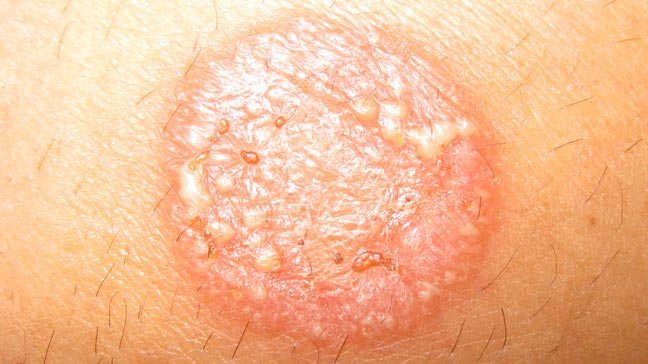
Ringworm
Ringworm is a fungal infection that can be transmitted from cats to humans through direct contact with infected cat hair or skin. Despite its name, ringworm is not caused by a worm but rather by a fungus that can infect the skin, hair, and nails. Cats are carriers of the fungus and can pass it to humans through their hair or skin.
The symptoms of ringworm in humans include:
- Red, scaly patches on the skin
- Itching and burning sensations
- Cracked or blistered skin
- Hair loss in the affected area
Ringworm can be treated with antifungal medications such as topical creams or oral medication, depending on the severity of the infection. In some cases, the infected area may need to be shaved and treated with an antifungal shampoo. It is important to seek medical attention as soon as possible if you suspect you have ringworm to prevent the infection from spreading.
Prevention is key in avoiding ringworm infections from cats. Regularly grooming your cat and keeping their living area clean can reduce the likelihood of your cat carrying the fungus. Additionally, it is important to avoid direct contact with infected cat hair or skin and to wash your hands thoroughly after handling your cat.
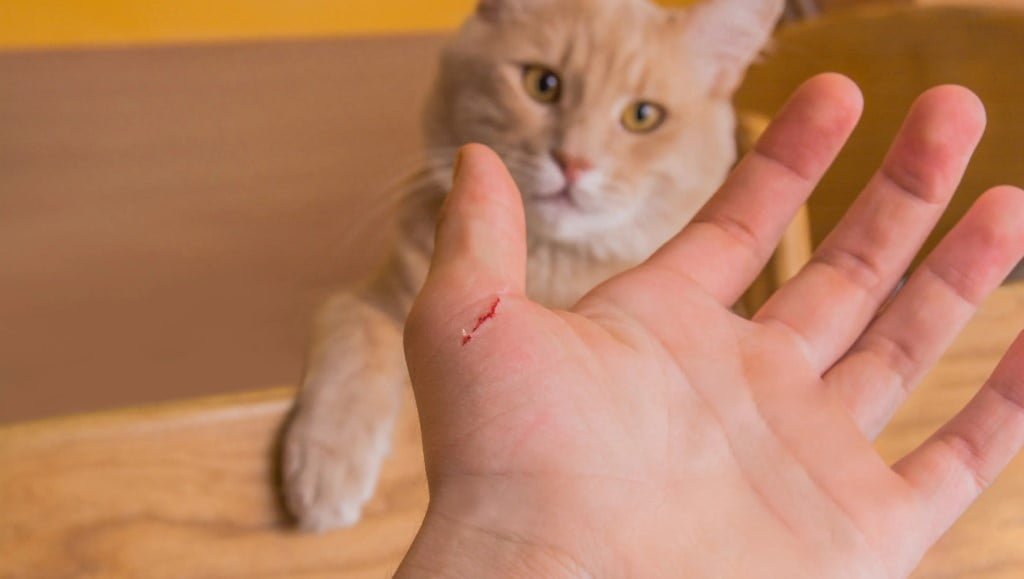
Cat Scratch disease
Cat Scratch disease is a bacterial infection caused by the bacteria Bartonella henselae. This disease is primarily spread through cat scratches, bites, or licks from infected cats. While cat hair is not directly responsible for transmitting the disease, it can potentially carry the bacteria if contaminated by an infected cat’s saliva or feces.
Symptoms of Cat Scratch disease usually occur 3-14 days after exposure and can include:
- A small bump or blister at the site of the scratch or bite
- Swollen lymph nodes near the scratch or bite
- Fever
- Headache
- Fatigue
- Body aches
In most cases, Cat Scratch disease will resolve on its own within a few weeks. However, treatment may be necessary for severe cases or for individuals with weakened immune systems. Treatment typically includes antibiotics and over-the-counter pain relievers.
To prevent Cat Scratch disease, it is important to take proper precautions when interacting with cats, including washing your hands after handling them and avoiding rough play. If you are scratched or bitten by a cat, be sure to clean the wound thoroughly with soap and water and seek medical attention if necessary. Additionally, it is important to keep your cats flea-free, as fleas can also transmit the disease.
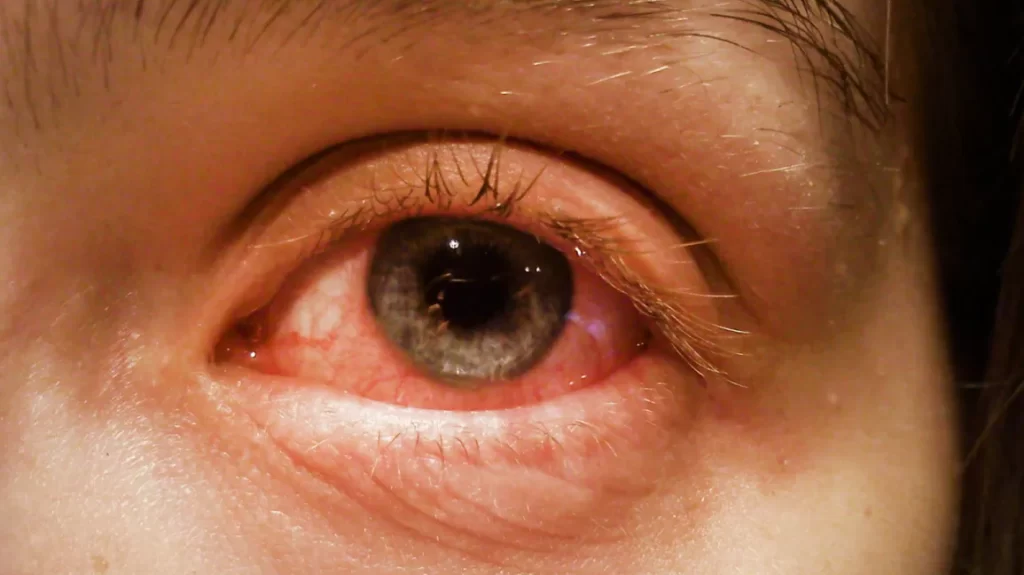
Conjunctivitis
Conjunctivitis, also known as pink eye, is an eye infection that can be caused by a number of factors including bacteria, viruses, allergens, and irritants. Cat hair and dander can be an indirect cause of conjunctivitis for some people who are allergic to them. This is because when a person comes in contact with cat hair or dander, their immune system releases histamines to fight off what it perceives as an invading substance, leading to an allergic reaction.
Symptoms of conjunctivitis caused by cat hair include:
- Redness of the eyes
- Swelling of the eyes
- Itching or burning sensation in the eyes
- Watery or sticky discharge from the eyes
- Sensitivity to light
Treatment for conjunctivitis caused by cat hair involves managing the symptoms and addressing the underlying allergy. Over-the-counter antihistamines and eye drops can help alleviate symptoms such as itching and redness. In severe cases, a doctor may prescribe prescription eye drops or medications to manage the allergy. It’s also important to avoid direct contact with cat hair and dander and to wash your hands frequently to prevent the spread of infection. If the symptoms persist or worsen, it’s important to seek medical attention.
Conclusion
In conclusion, cat hair can be a medium for the transmission of various diseases to humans. Cat hair itself does not cause diseases, but it can carry allergens, pathogens, and bacteria that can cause illnesses in humans. However, it is possible to prevent and manage these diseases by taking appropriate precautions such as keeping cats out of certain areas of the home, regular cleaning, and avoiding direct contact with infected cat hair or skin.
